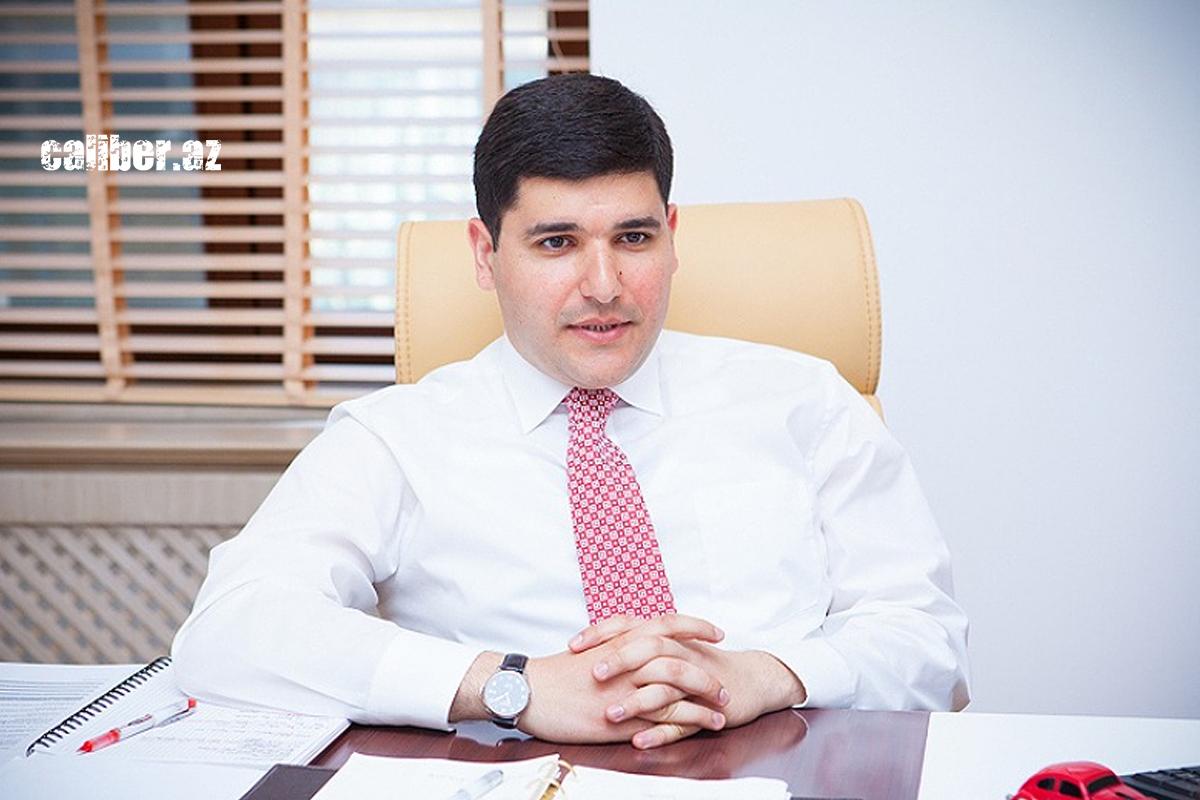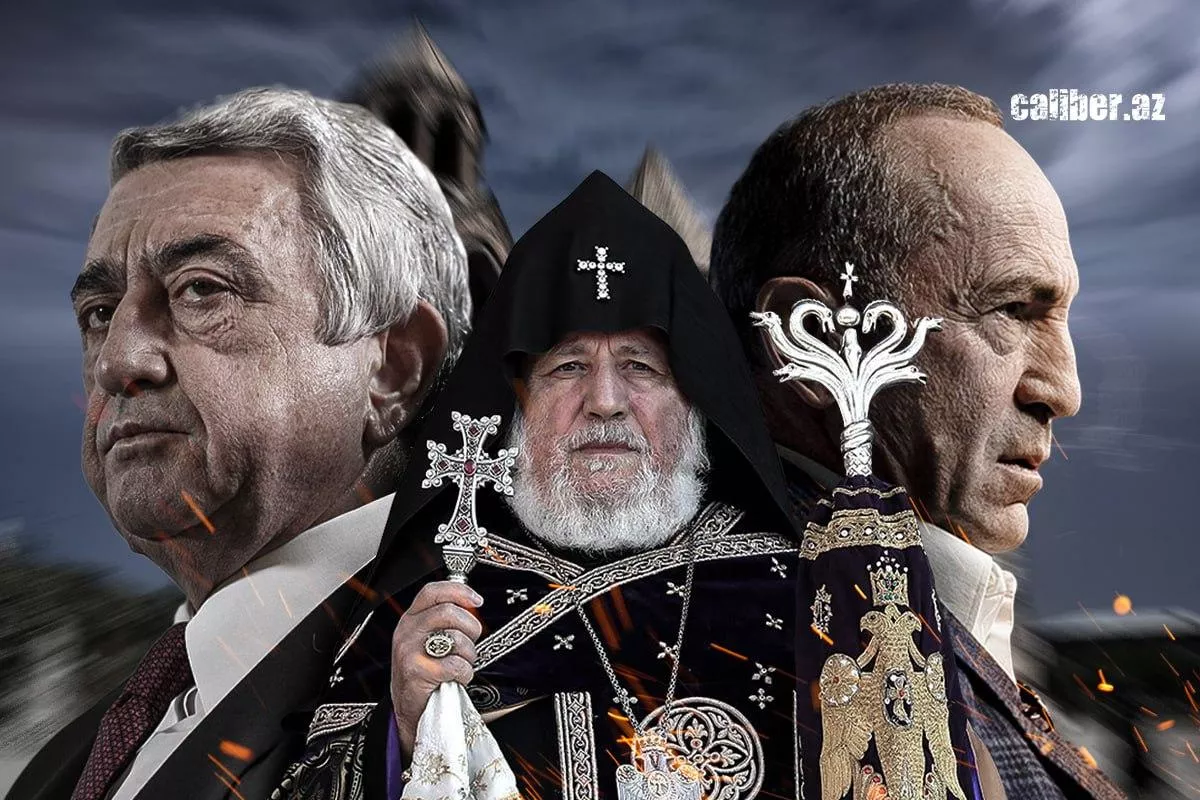Armenian-style coup Analysts weigh in on Pashinyan’s political purge
Armenian Prime Minister Nikol Pashinyan has arguably entered the biggest showdown with revanchist forces since coming to power. According to a statement he made on social media, law enforcement agencies have thwarted a large-scale attempt by “criminal-oligarchic-clerical” circles to destabilise the Republic of Armenia and seize power.
The scale is impressive—according to official statements, the coup plot involved many well-known political and religious figures, including members of the revanchist movement “Holy Struggle”, the Armenian Church, the extremist ARF Dashnaktsutyun party, and MPs from other parliamentary factions. The Yerevan Court of General Jurisdiction has already granted a request to impose pre-trial detention on Archbishop Bagrat (Vazgen Galstanyan), ARF Supreme Council member Igor Sargsyan, “Artsakh National Assembly MP” David Galstyan, Archbishop Bagrat’s aide Movses Sharbatyan, blogger Armen Aleksanyan, retired colonel Mihran Makhsudyan, Ara Rostomyan, Aghvan Arshakyan, businessman Tigran Galstyan, and deacon Hrayr Hakobyan.
Apparently, this list is expected to grow. According to Armenian media, the number of detainees has reached dozens. Since the launch of the case, around 100 searches have been conducted in the homes and private properties of numerous Armenian politicians and businessmen.
What is Prime Minister Nikol Pashinyan aiming to achieve by launching a sweeping offensive against Armenia’s entire revanchist elite, including the powerful Armenian Apostolic Church that supports it? Does he have the strength to sustain this “battle against all”? How drastically could this process reshape Armenia’s domestic political landscape—and to what extent might this new reality benefit Azerbaijan?
Caliber.Az puts these questions to political analysts from Azerbaijan and Israel.

Head of the South Caucasus Research Center and Azerbaijani political analyst Farhad Mammadov believes that Armenian Prime Minister Nikol Pashinyan has taken unprecedented steps against his political opponents.
“Pashinyan is no fool—he’s prepared for the West’s reaction, particularly from Europe. The repression of political opponents is unfolding in the context of anti-Russian policy and the neutralisation of pro-Russian forces engaging in hybrid attacks on Armenia’s leadership. And Europe will understand—and forgive—these actions. After all, how could they turn their back on ‘their democratic guy’ who’s cracking down on politicians siding with Russia?”
According to Mammadov, Pashinyan is using these measures to strengthen his grip on power and make his rule appear the only viable option for Armenian citizens. His clear goal is to win next year’s elections. “And once that system is in place,” Mammadov notes, “he could hold constitutional referenda three times a year if he wanted to.” In this regard, the current turn of events is highly beneficial to Azerbaijan.
“Who is the target of this revolutionary purge? It’s the forces and groups that have taken the most hardline stance against Pashinyan’s policy towards Azerbaijan and the peace process with Baku,” Mammadov explained. “Now it remains to be seen how his party will frame its election campaign—hopefully with a clear programme outlining how it intends to normalise relations with Azerbaijan. If that happens, Pashinyan will finally have the chance to act consistently on his stated support for Azerbaijan’s territorial integrity and constitutional reform in Armenia.”

Israeli journalist and publicist Rostislav Goldtsman, who also heads the International Relations Commission of the Union of Journalists of Israel, emphasised that in geopolitics, everything is interconnected. According to him, the recent twelve-day war between Israel and the Islamic Republic of Iran revealed much and created a foundation for analysing regional dynamics.
“Armenia has long—at least over the past thirty years since gaining independence—gravitated toward Iran, believing this would give it a powerful foothold in the region. It has also leaned heavily on France. The Russian Federation and the CSTO were likewise seen by Yerevan as symbols of serious backing, which gave the Armenian authorities a sense of impunity in their actions. But what matters in these situations isn’t what’s signed on paper—it’s what’s actually done. And the near-instant defeat of a powerful state like Iran, one that possesses substantial missile and nuclear capabilities as well as ground forces, has clearly demonstrated who’s truly capable.”
Goldtsman continued, “This was a vivid example for all regional countries—especially Armenia. Let me explain what I mean: the Iranians expected that if Israel launched any military action, all Arab states and the broader Muslim world would immediately pounce on Israel with condemnation. But that didn’t happen. This leads us to the most important conclusion: who really has stronger allies—and why alliances even matter in the first place.”
Goldtzman reminded that Israel and the United States have a strategic partnership agreement—an arrangement mirrored by a similar pact between Russia and Iran. But how did each side behave when war actually broke out?
“Let’s compare,” he said. “The U.S. entered the war on Israel’s side without explanations or prior statements, launching powerful strikes against three major targets in Iran’s nuclear programme. And what did the Russian Federation do? Let’s recall that Iran’s Foreign Minister, Abbas Araghchi, immediately flew to Moscow—after securing safety guarantees from Israel for his flight, no less. And what did he get there? Just a pat on the back and the usual diplomatic phrases—‘sincere condolences,’ ‘deep concern,’ and a promise to raise the issue at a UN Security Council meeting. That’s it.”
He continued, “And where were Iran’s other so-called allies? Take France, for example. During previous negotiations on dismantling Iran’s nuclear programme, Paris often sided with Tehran and opposed Washington. What is France saying now? ‘We support Iran, we’re deeply concerned, we’re losing sleep over it... but considering the circumstances, the Iranian nuclear programme really should be dismantled.’”

In Goldtsman’s view, Pashinyan is drawing exactly the right conclusions from the current situation.
“Let me remind you,” he said, “that the constitutional change demanded by Azerbaijan does not entail stripping Armenia of any rights or freedoms. It concerns the fact that the Armenian constitution, through reference to the Declaration of Independence, contains a provision claiming that Azerbaijani Karabakh is part of Armenia.
The Armenian opposition—including Galstanyan, Kocharyan, and many others—has fiercely criticised Pashinyan for wanting to amend the constitution to remove that provision, fuelling revanchist sentiments in the process. They cried out that ‘this is ours’—just like Mount Ararat (Ağrı Dağ – ed.), which, by the way, is located in Türkiye. Yet they still insist, ‘It’s ours,’ and that this claim must remain in the constitution. But this kind of rhetoric is delusional—it’s a formula for renewed conflict.

The events surrounding Iran have demonstrated that Armenia has no real allies. Iran turned out to be a colossus with feet of clay. France, which until recently encouraged revanchist sentiment in Armenia and was supplying Yerevan with weapons, is clearly no reliable partner either.
And it’s quite possible,” Goldtsman added, “that Pashinyan is not wrong when he claims that Russian forces are behind the collusion between the church, politicians, and oligarchs. Still, let’s be honest—what Pashinyan is doing now isn’t driven by some newfound affection for Azerbaijan. It’s because he understands that if he continues to indulge revanchist fantasies, it will mean the end of Armenia as a viable state. Such a course would turn the republic into a pariah country—something Pashinyan clearly does not want. That’s why he is, in this case, doing the right thing—taking Armenia down a path to peace, not war,” Goldtsman concluded.








